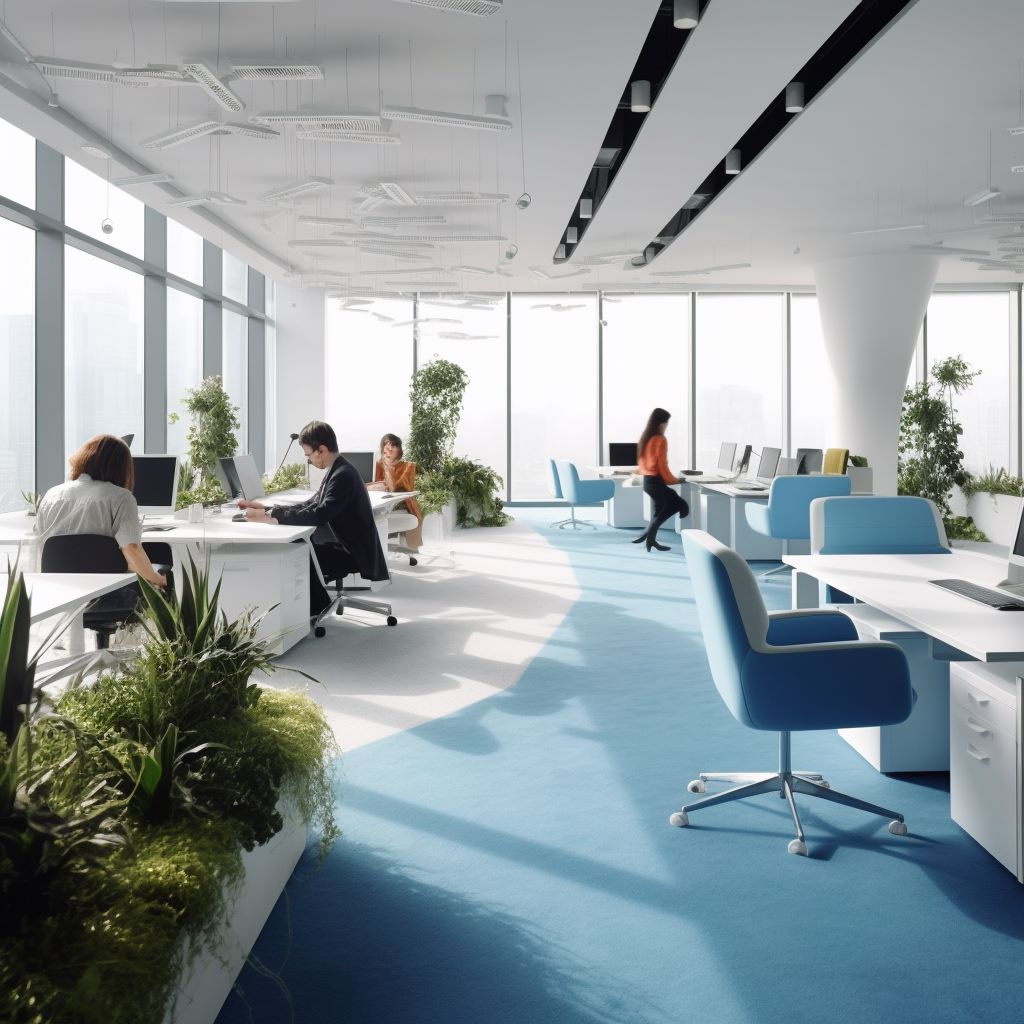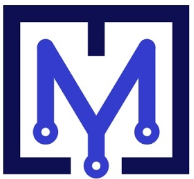Guide to Office Space Analytics: Improve with MySeat


Guide to Conducting an Office Space Occupancy Analytics Study
Understanding office space analytics is key to creating a productive and efficient workplace. In today’s data-driven world, companies can no longer rely on guesswork for space planning – they need concrete insights into how their workspaces are used. That’s where an occupancy analytics study comes in. By systematically gathering and analyzing data on space utilization, organizations can uncover opportunities to improve layout, save costs, and boost employee satisfaction.
With tools like MySeat’s occupancy sensors and analytics platform, conducting such a study is easier than you might think. The following is a step-by-step guide to planning and executing a comprehensive office occupancy analytics study, and then using the findings to continuously improve your workspace.
1. Define Your Objectives
Every successful project starts with clear goals. Decide what you want to achieve with your occupancy study. Are you trying to reduce wasted space? Improve meeting room availability? Enhance employee comfort or collaboration? Perhaps you’re evaluating if you can adopt a hybrid work model and downsize the office. Pinpoint your primary questions. For example, you might set an objective like: “Determine if we can consolidate floors by measuring average workstation usage” or “Find out peak occupancy times to optimize cleaning and HVAC schedules.” Having specific objectives will guide all subsequent steps and ensure the data you collect is actionable.
2. Deploy Smart Sensors and Tools
Once objectives are set, it’s time to gather data with the right tools. MySeat’s wireless occupancy sensors are a great option for this. These small, discreet devices can be attached to chairs, desks, meeting room doors, or other resources. They track usage by detecting motion or human presence (e.g., an accelerometer sensor on a chair knows when it’s occupied). Set up sensors in the areas relevant to your goals – for instance, if conference room usage is a concern, equip a representative sample of meeting rooms. MySeat’s technology will record when and how long each space is used, giving you a continuous stream of utilization data. The installation is non-intrusive (no wiring needed) and preserves anonymity, so you gather insights without infringing on privacy
In addition to sensors, decide on the software platform to aggregate and visualize the data. Analytics software is crucial for turning raw data into meaningful patterns. MySeat provides a dashboard that displays metrics like occupancy rates, peak hours, and heatmaps of usage. If you use MySeat’s integrated solution, the sensor data will automatically feed into their software. Otherwise, ensure whatever software you choose can import the data and has the reporting features you need.
3. Consider Expert Consultation
If this is your first occupancy study or your workplace has complex requirements, you might benefit from bringing in an office analytics consultant. These experts have experience interpreting space data and can offer insights that you might overlook. A consultant can help refine your objectives, ensure optimal sensor placement, and later assist in analyzing the results in the context of industry benchmarks. They effectively tailor the study to your company’s specific needs – for example, a consultant might suggest also surveying employees in conjunction with sensor data to correlate quantitative and qualitative insights. While not mandatory, an expert partner (whether an internal team member with analytics expertise or an external advisor) can accelerate your project and bolster its credibility when you present findings to senior management.
4. Collect Data Systematically
With tools in place, it’s time to collect data. Allow the sensors to run over a representative period. The duration will depend on your objectives – capturing several weeks or months of data is ideal to account for variances like slower Fridays or seasonal peaks. During this phase, ensure that the data is indeed flowing into your system: check the dashboards periodically, verify sensors are functioning, and note any anomalies.
While collecting sensor data, you might also gather supporting information: for example, export booking calendar data for meeting rooms, or do a quick headcount survey on random days. These can later be compared with sensor data (much like MySeat did in the meeting room study). Also, maintain communication with employees if necessary – e.g., let them know sensors are measuring space use (without tracking individuals) and explain the purpose. This transparency can improve cooperation and accuracy (people are less likely to tamper with or block sensors if they understand the benefit).
5. Analyze the Data
Once enough data is gathered, dive into the analysis. Start with high-level metrics: overall occupancy rate (what percentage of seats are used on average), peak usage times (which hours or days see the highest presence), and utilization by zone (which areas are bustling and which are consistently empty). MySeat’s analytics software will typically provide charts and heatmaps for these. Look for patterns and surprises. For instance, you might find that small huddle rooms are occupied far more often than large boardrooms – indicating a need for more small meeting spaces. Or perhaps one department’s area is full by 10 AM while another’s is half-empty even at noon – suggesting an opportunity to reorganize team neighborhoods.
As you analyze, always tie back to your objectives. If your goal was reducing unused desks, pay attention to the distribution of occupancy: how many desks sit unused, and how frequently? Advanced analysis could include calculating the density (people per area) and comparing it to recommended standards, or identifying if there are clusters of underutilization (maybe a particular floor or wing is consistently quiet). Also, be open to unexpected insights; data might reveal issues you weren’t initially targeting, like a particular conference room that’s always booked but seldom used (pointing to a problem with no-shows that could be fixed with a better reservation policy).
6. Implement Data-Driven Changes
Data is only as good as the actions it informs. With analytical insights in hand, formulate recommendations and start implementing changes to optimize your office. Some examples of data-driven adjustments:
Space Reconfiguration: If the study shows a surplus of workstations (e.g., average occupancy is 40% with never more than 60% in use), you might remove some desks and convert sections of the office into collaboration zones, lounges, or focus rooms that employees would use more often.
Desk Sharing or Hoteling: For hybrid workforces, you might introduce hot desking if data shows not all assigned seats are occupied daily. This can dramatically reduce required space when many employees alternate days in-office.
More of What’s Popular: If small meeting rooms are constantly utilized and larger ones aren’t, consider dividing a couple of big conference rooms into smaller rooms or phone booths. Align the office’s resources with demonstrated demand.
Policy Tweaks: Perhaps occupancy peaks at 2 PM and the office is nearly empty by 5 PM – you might adjust cleaning schedules or thermostat settings to those patterns, saving energy when areas aren’t in use. If a certain day (like Friday) has low attendance, you could consider officially making it a remote day, allowing you to close the office or reduce services on that day.
Prioritize changes that address your original goals first, but don’t ignore quick wins on other findings. Make sure to communicate the changes to your team, framing them as improvements based on feedback and usage data. This helps employees feel heard and can increase buy-in for new policies (like desk sharing rules or updated seating plans).
7. Monitor and Iterate
Optimization is an ongoing process. After implementing changes, continue to monitor occupancy data to evaluate the impact. Did the removal of desks lead to higher utilization of the remaining ones? Are employees now using the new collaboration spaces you set up? Monitoring will tell you if the interventions solved the problems or if further tweaks are needed. MySeat’s platform can be left in place for continuous analytics, alerting you to trends over time or seasonal shifts.
Consider scheduling a follow-up study or review after a few months. Treat it as a feedback loop: occupancy analytics isn’t a one-and-done project but rather a new capability in your organization. Over time, your company can incorporate occupancy metrics into regular workplace strategy reviews – similar to how one tracks financial or HR metrics. The workplace and workforce will evolve (e.g., as hiring increases or remote work policies change), so having the ability to quickly check “are we over or under capacity?” at any given time is invaluable.
Also, encourage a culture of continuous improvement. Share some high-level findings and successes with employees: for example, “Thanks to occupancy insights, we’ve made changes that reduced our space costs by 20% while creating two new collaboration lounges.” When people see positive outcomes, they are more likely to cooperate with future studies and trust the process.
Conclusion
Conducting an office space occupancy analytics study might sound technical, but with modern IoT sensors and user-friendly analytics tools (like MySeat’s platform), it’s within reach for most organizations. By following these steps – from defining clear objectives and deploying sensors, to analyzing data and implementing changes – you can transform raw utilization numbers into real-world improvements.
Remember, workspace analytics is not just a buzzword; it’s a powerful approach to making data-informed decisions about one of your biggest assets: the office environment. Companies that leverage these insights can create workplaces that are both cost-effective and better aligned with how employees actually work. As your company evolves, keep using these techniques to adjust your space, ensuring it remains optimal and everyone has what they need to do their best work.
For further learning, check out MySeat’s video overview of workplace analytics and this informative article by Work Design on the role of analytics in office planning. Armed with knowledge and the right tools, you’ll be well on your way to an efficient, responsive, and smart office space.
